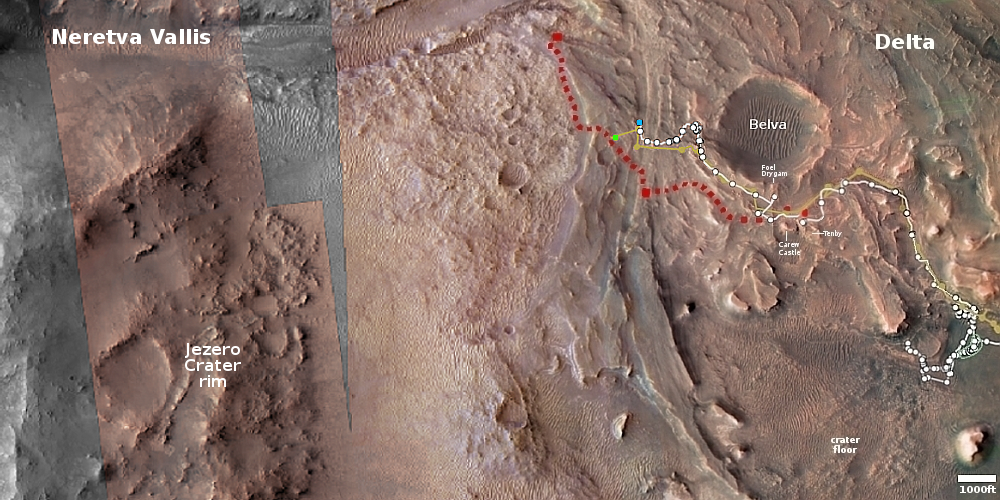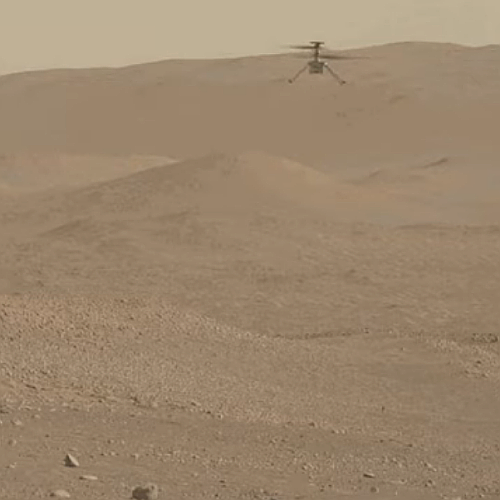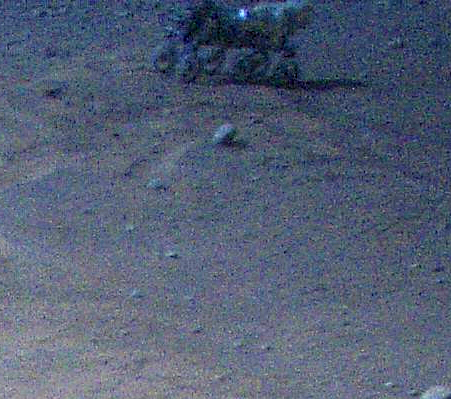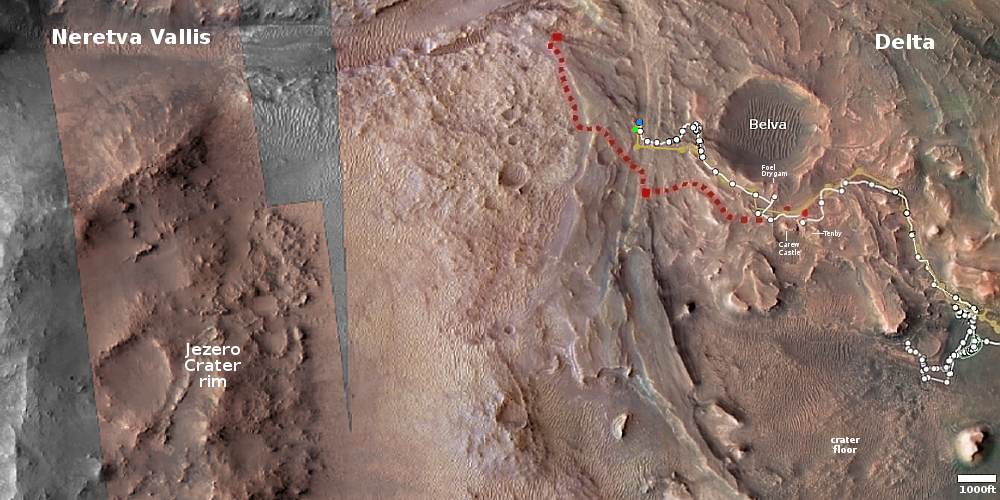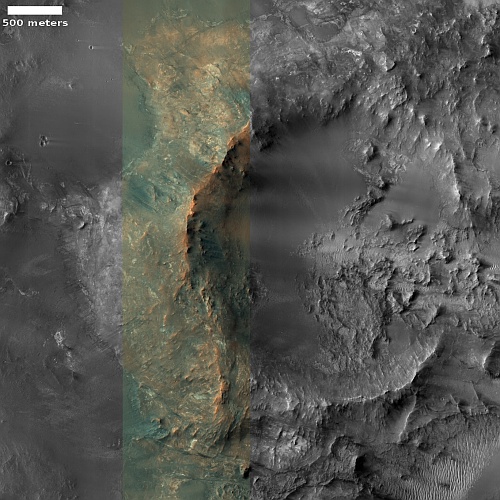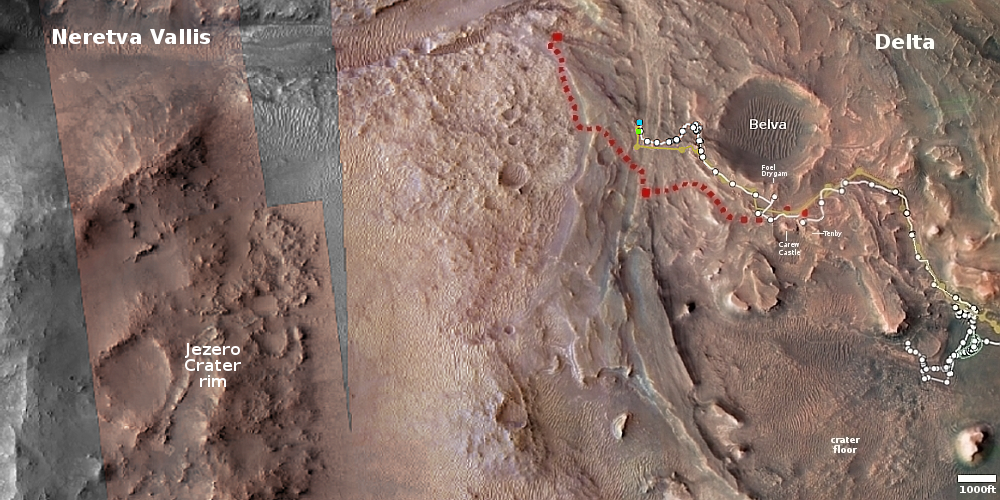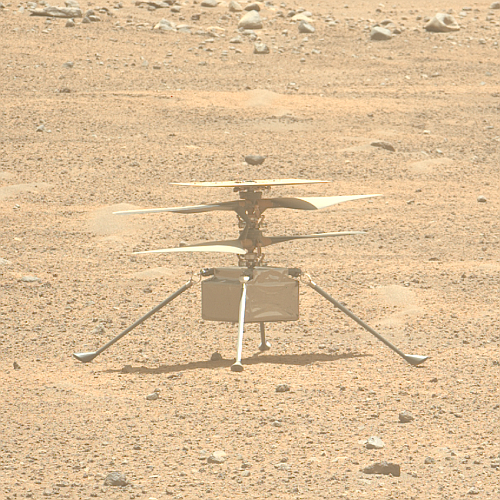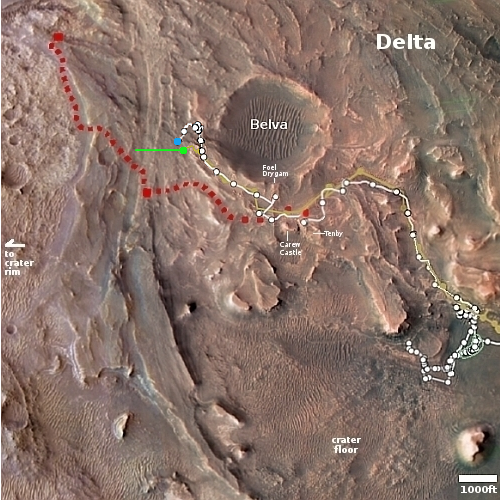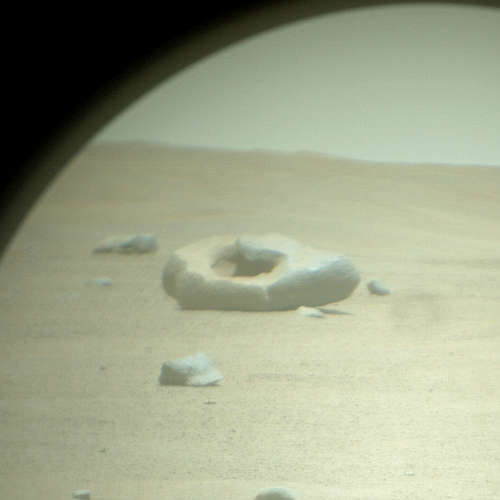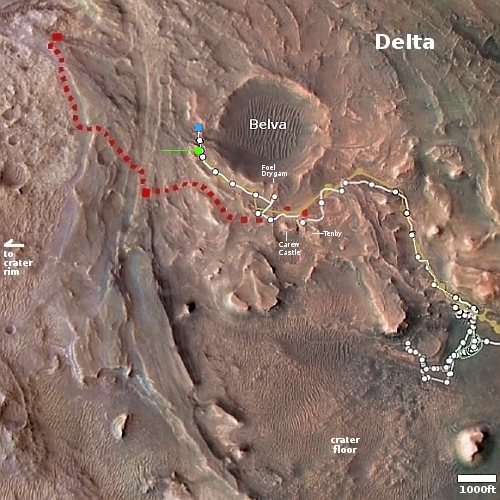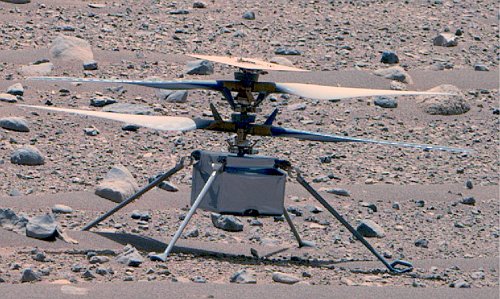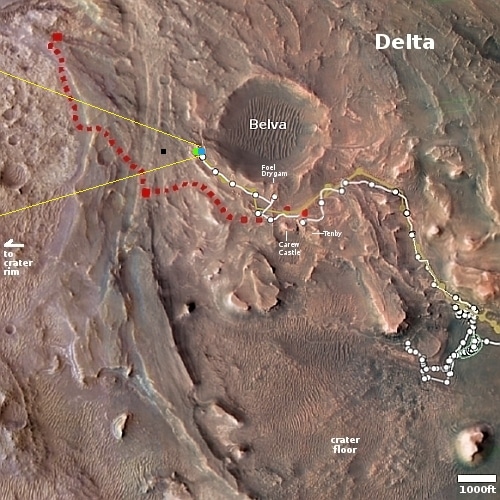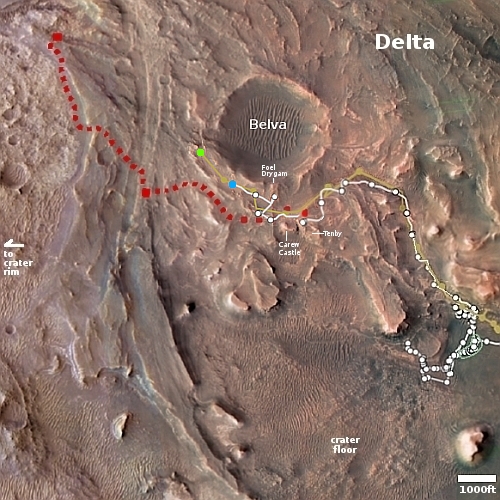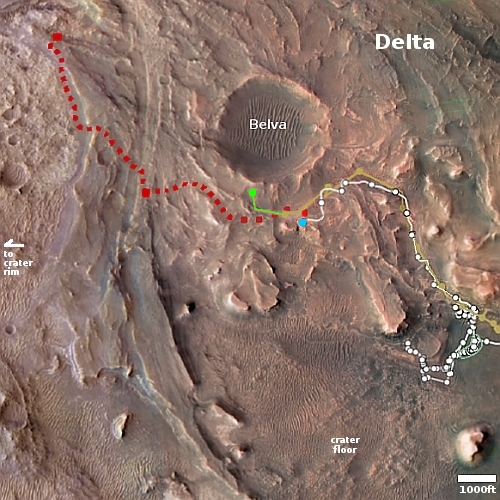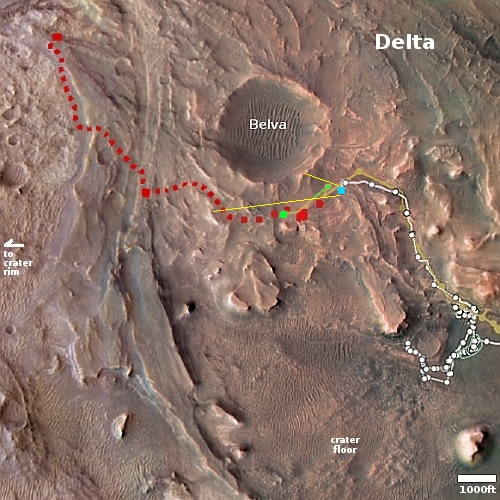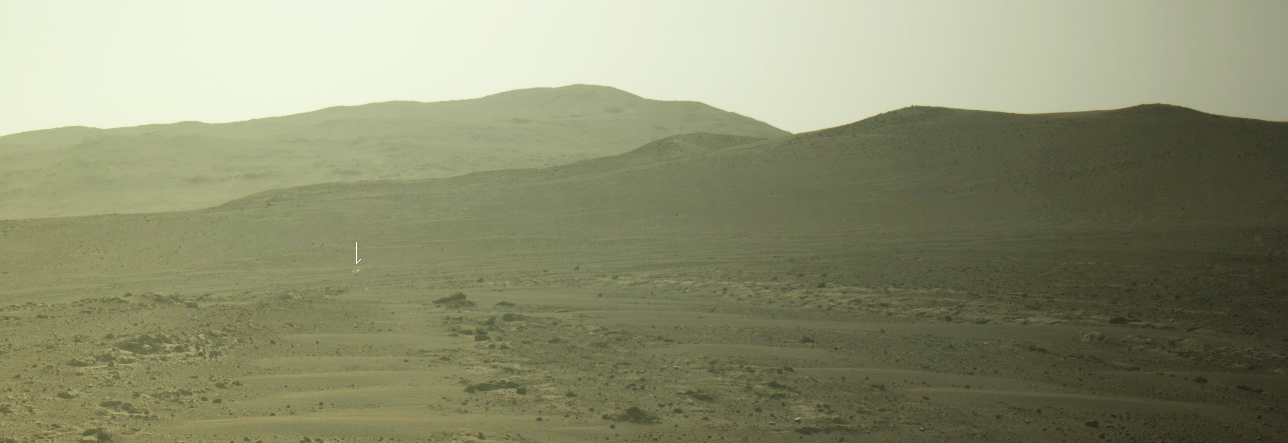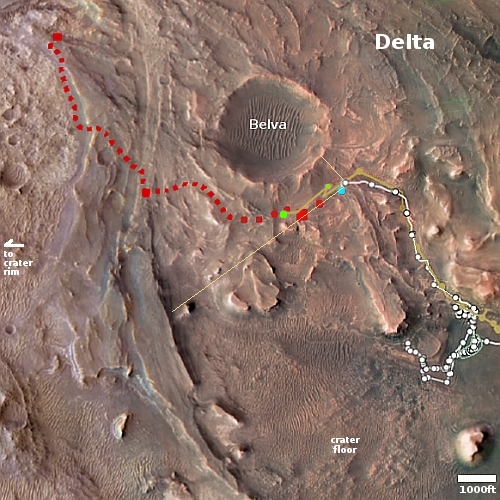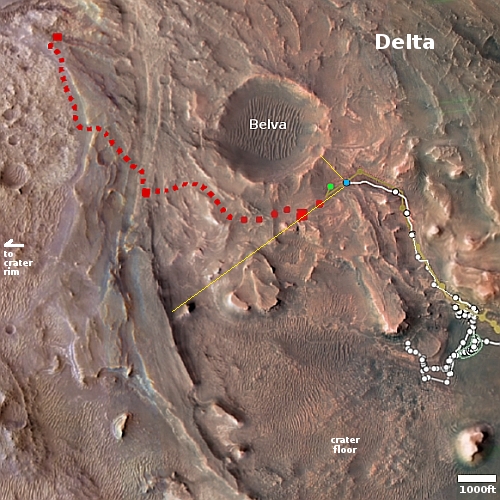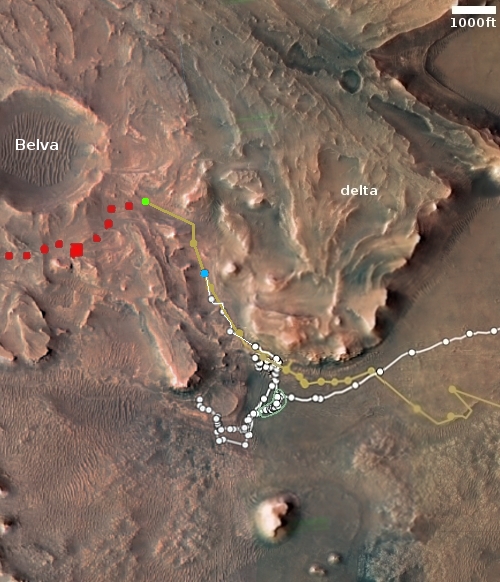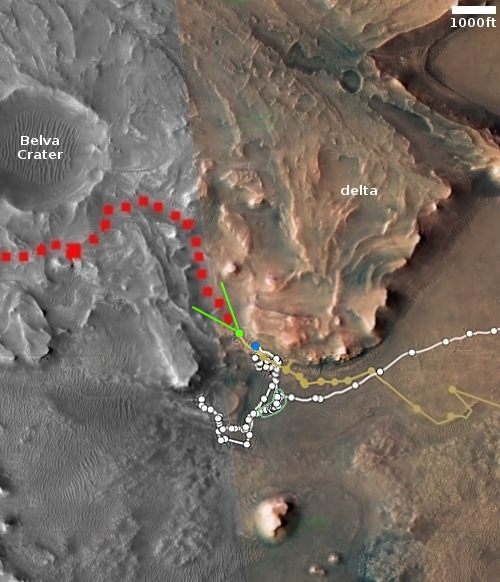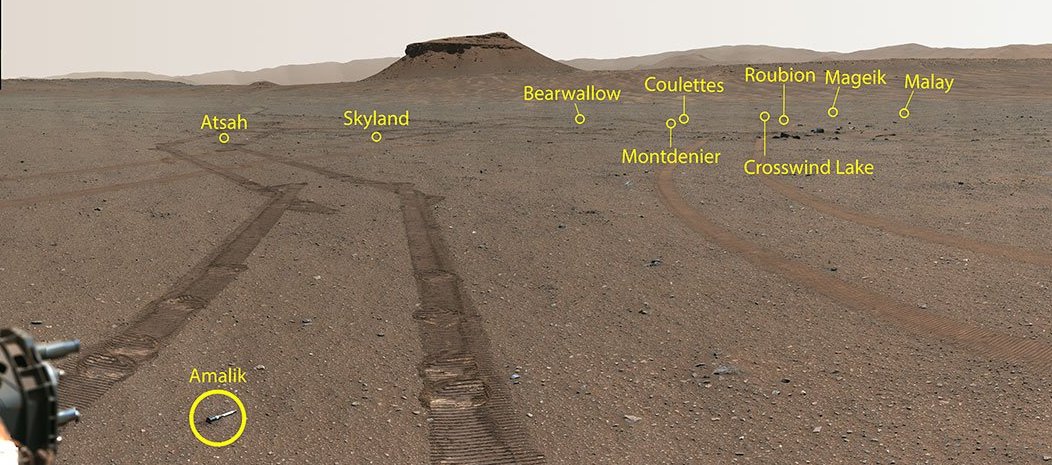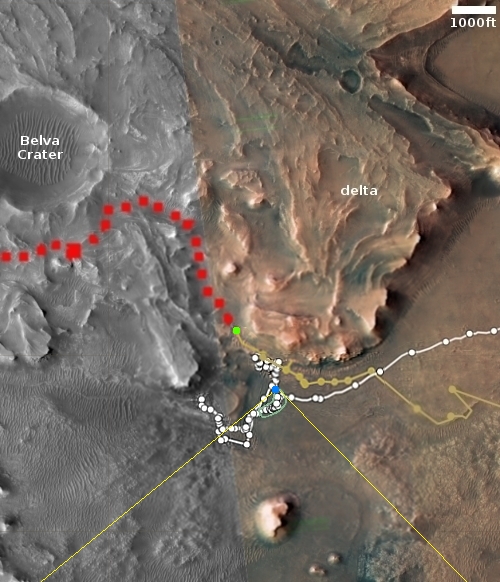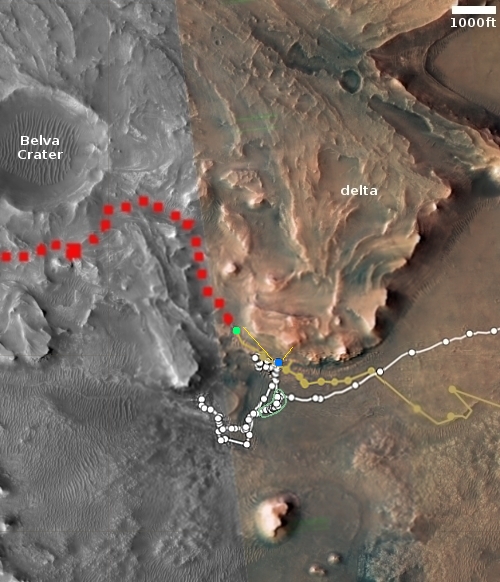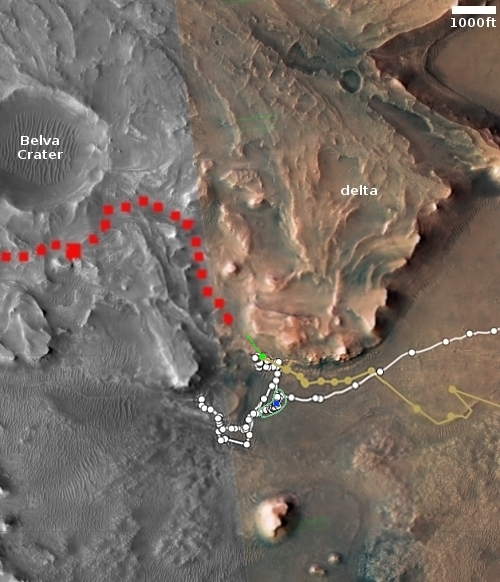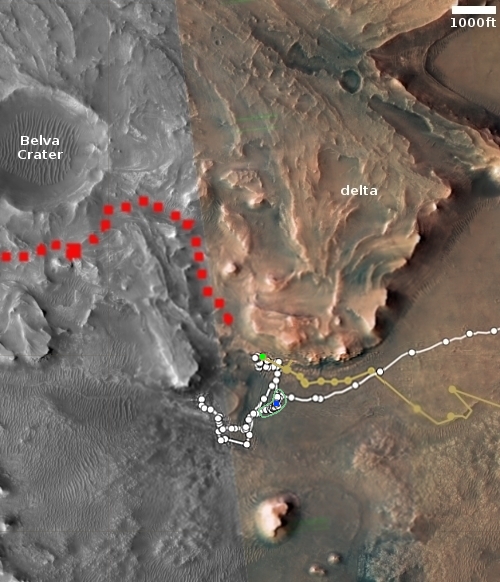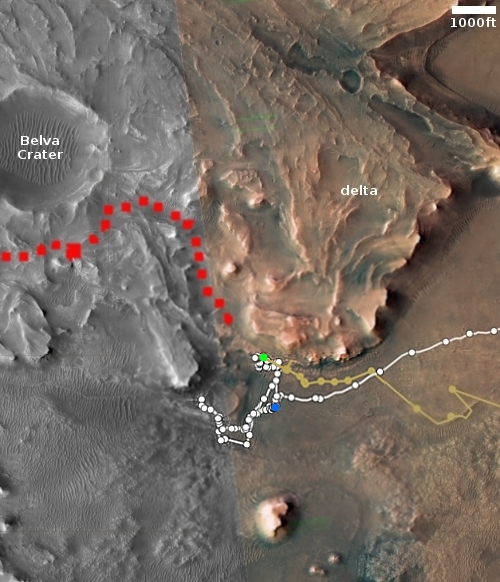August 24, 2023 Quick space links
Courtesy of BtB’s stringer Jay.
- NASA administrator Bill Nelson swoons in tour of Blue Origin’s New Glenn manufacturing facility
Jay notes that “Someone mentioned that these components are the same ones from the June 14th photo.” That photo can be seen here, and it certainly looks like Blue Origin has simply rearranged the deck chairs.
- Perseverance science team touts rover’s 19th core sample
If you listen closely to the two scientists in the video, they really can only guess about much of this geology, since Perseverance does not have the same geological capabilites as Curiosity. They can make some superficial analysis of the rocks, but the more detailed work will have to wait until those core samples are returned to Earth. Curiosity however can not only drill, but it has equipment to analyze those drill samples itself, there. While Curiosity can’t do what an Earth lab would do, it does it now. With Perseverance we will have to wait a decade or more to get to the samples.
Courtesy of BtB’s stringer Jay.
- NASA administrator Bill Nelson swoons in tour of Blue Origin’s New Glenn manufacturing facility
Jay notes that “Someone mentioned that these components are the same ones from the June 14th photo.” That photo can be seen here, and it certainly looks like Blue Origin has simply rearranged the deck chairs.
- Perseverance science team touts rover’s 19th core sample
If you listen closely to the two scientists in the video, they really can only guess about much of this geology, since Perseverance does not have the same geological capabilites as Curiosity. They can make some superficial analysis of the rocks, but the more detailed work will have to wait until those core samples are returned to Earth. Curiosity however can not only drill, but it has equipment to analyze those drill samples itself, there. While Curiosity can’t do what an Earth lab would do, it does it now. With Perseverance we will have to wait a decade or more to get to the samples.

